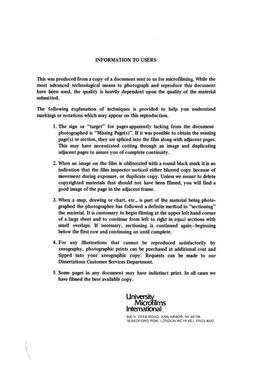| dc.contributor.author | Mckenzie, Lee, | en_US |
| dc.date.accessioned | 2013-08-16T12:28:18Z | |
| dc.date.available | 2013-08-16T12:28:18Z | |
| dc.date.issued | 1980 | en_US |
| dc.identifier.uri | https://hdl.handle.net/11244/4823 | |
| dc.description.abstract | Both authors' closest attachments were to parents, brothers and sisters, and their work focuses largely on family relationships. They also share a preference for one particular story, the Cinderella fairy tale. In Pride and Prejudice Austen writes a straightforward version of this story, but in an important segment of her work we find the variation that James provides in most of his novels. In this variation, the heroine does not marry the romantic prince, but turns instead to a family figure. | en_US |
| dc.description.abstract | James never acknowledged any indebtedness to Austen, and most readers fail to see a strong resemblance between the two novelists. Only a few have pointed out major likenesses. A far larger group, though individually they see only slight areas of similarity in technique or subject matter, collectively provide convincing evidence of the large common ground held by Austen and James. | en_US |
| dc.description.abstract | This study explores similarities in Austen's and James's work and examines it as a reflection of social and cultural changes during the nineteenth century. | en_US |
| dc.description.abstract | A comparison of Pride and Prejudice with "An International Episode" demonstrates the resemblances that are present both there, and in James's and Austen's work as a whole. The famous confrontation between Elizabeth Bennet and Lady Catherine, and a remarkable counterpart in James's novella, illustrate the novelists' concern for form, the ironic voice by which we recognize them both, and their use of manners to reveal profound truths about their society. A common theme emerging from the two books is the use of a woman to symbolize the individual and of her marriage union to represent adjustment to and reconciliation with society. | en_US |
| dc.description.abstract | Mansfield Park and The Spoils of Poynton demonstrate this plot variation. Here, as elsewhere, Austen and James use setting in a highly symbolic manner to represent the separation of male and female and the consequent breakdown of a strong and healthy public life. Through their characters' incomplete courtships, their rejection of strongly sexual unions in favor of marriage to a father or brother figure, Austen and James depict the fragmentation of society during the nineteenth century and the retreat from the anxieties of a new industrial and urban complexity into the intimacy of the childhood family, where women and children are cloistered in the home and innocence is glorified. | en_US |
| dc.format.extent | iv, 255 leaves ; | en_US |
| dc.subject | Literature, English. | en_US |
| dc.title | Jane Austen, Henry James, and the family romance. | en_US |
| dc.type | Thesis | en_US |
| dc.thesis.degree | Ph.D. | en_US |
| dc.thesis.degreeDiscipline | Department of English | en_US |
| dc.note | Source: Dissertation Abstracts International, Volume: 41-10, Section: A, page: 4404. | en_US |
| ou.identifier | (UMI)AAI8107961 | en_US |
| ou.group | College of Arts and Sciences::Department of English | |
